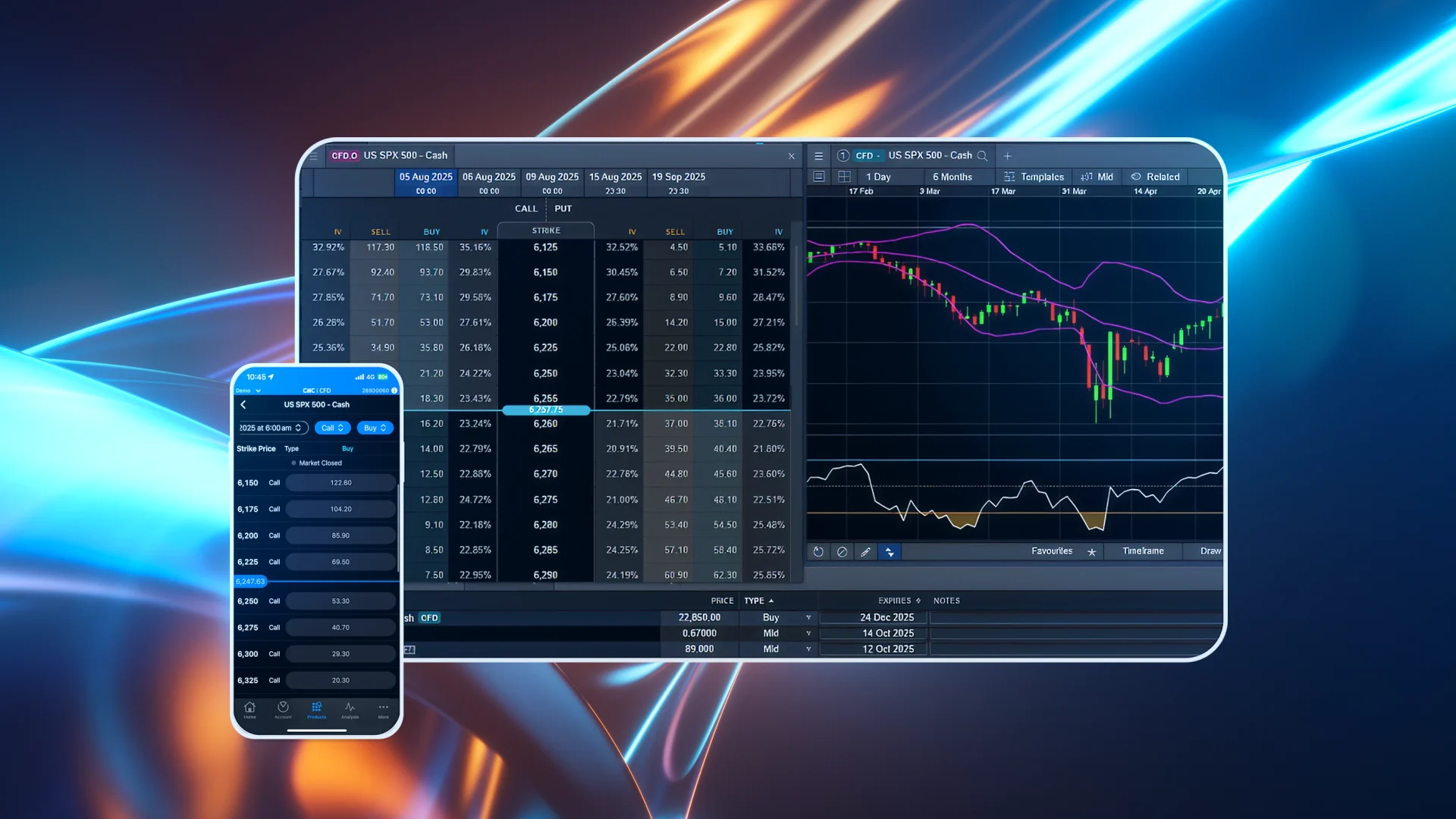Oil prices post biggest quarterly losses
Crude oil benchmarks ended a volatile quarter with their biggest losses in history, as both US and Brent futures were hammered throughout March on the global economic freeze due to the coronavirus pandemic and the eruption of a price war between Russia and Saudi Arabia.
Both benchmarks lost roughly two-thirds of their value in the quarter, with March’s declines of about 55 per cent accounting for the lion’s share of the losses.
US West Texas Intermediate crude salvaged the end of the month with a modest 2.0 per cent gain on Tuesday, while Brent ended slightly lower.
Global fuel demand has been destroyed by travel restrictions due to the coronavirus pandemic. Forecasters at major merchants and banks see demand slumping by 20 per cent to 30 per cent in April, and for weak consumption to linger as economic activity is severely curtailed for the next several months.
WTI settled 39 US cents higher at $US20.48 per barrel.
The US benchmark plunged 54 per cent during March and 66 per cent for the first quarter, the worst declines since the contract’s inception in 1983.
May Brent crude futures ended the session 2.0 cents lower at $US22.74 a barrel ahead of expiration.
The international benchmark fell 66 per cent in the first quarter and 55 per cent in March, the worst quarterly and monthly percentage declines on record.
The more-active June contract settled 7.0 cents lower at $US26.35 a barrel.
Oil drew in some buyers after US President Donald Trump and Russian counterpart Vladimir Putin agreed to talks on stabilising energy markets.
Markets have been in turmoil for more than three weeks after Saudi Arabia and Russia were unable to come to an agreement to curb supply to combat the growing COVID-19 coronavirus pandemic.
That took prices down sharply earlier in the month, but markets dropped even more as the pandemic worsened. More than 800,000 people have been infected and more than 39,000 have died.
So far it is unclear if Trump and Putin’s efforts will come to fruition.
Saudi Arabia and other members of the Organisation of the Petroleum Exporting Countries were unable to come to an agreement on Tuesday to meet in April.
Saudi Arabia, the de facto leader of OPEC, and Russia, which had allied with OPEC to curb output for more than three years beginning in late 2016, remain at loggerheads. The Saudis plan to boost oil exports to 10.6 million barrels per day from May on lower domestic consumption.
The weakness in futures markets has been surpassed by the physical markets, where cargoes are selling at single digits in key markets like Canada, Mexico and Europe, reflecting expectations for the coming collapse in demand that will strand barrels of oil.
“COVID has taken the oil market hostage,” said Michael Tran, managing director of energy strategy at RBC Capital Markets in New York.
“The unprecedented pace of demand destruction has forced the hand of refineries, on a global level, to issue run cuts, leaving barrels from the U.S. to the North Sea, to Asia searching, often unsuccessfully, for homes.”
Fuel demand is expected to fall sharply in coming months, with Trafigura’s chief economist predicting a 30 per cent falloff in demand. Worldwide aviation is basically shut down, and motorists are staying off the roads.
“It’s just a matter of time before we see the producers be forced by the crude gatherers to cut as one cannot ‘gather’ crude when there are no buyers or tanks to store it in,” said Scott Shelton, energy specialist at United ICAP.
US crude output fell to 12.7 million bpd in January from 12.8 million bpd in December, the US Energy Information Administrationsaid in a monthly report on Tuesday.
That was the first time since July 2019 that US crude output has declined two months in a row.
Goldman Sachs anticipates that US supply will fall by roughly 1.4 million bpd by the third quarter of 2021 to deal with falling demand.
A Reuters survey of 40 analysts forecast Brent crude prices would average $US38.76 a barrel in 2020, 36 per cent lower than the $US60.63 forecast in a February survey.







